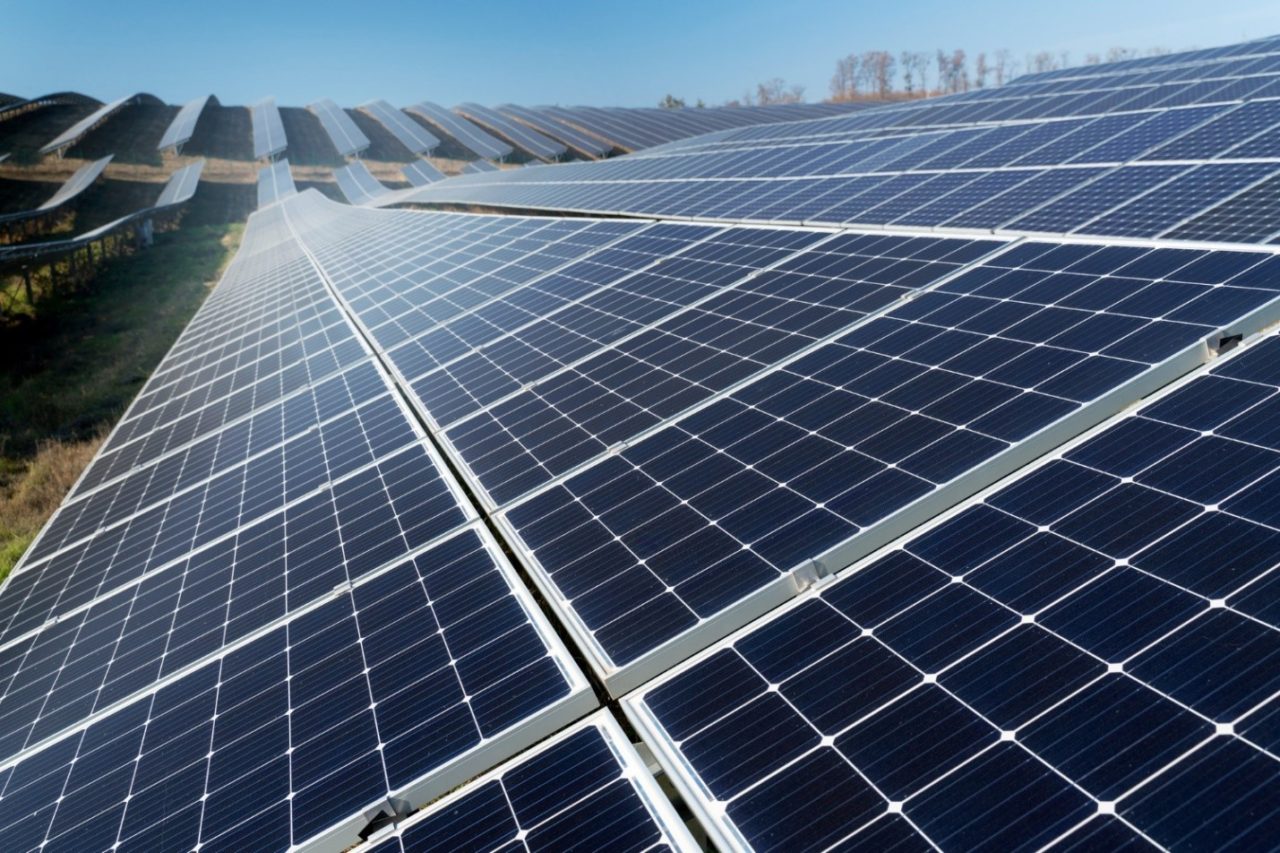A research team from Germany and Switzerland has determined the number of European homes that could achieve energy independence by using solar photovoltaic panels, batteries, and hydrogen storage.

Due to the implementation of solar photovoltaic systems and energy storage, a significant number of households across Europe have already achieved a level of self-reliance in meeting their energy needs.
A collaborative research effort between Germany and Switzerland conducted an extensive analysis to evaluate the potential of European residential properties to achieve grid independence by utilizing solar-plus-storage solutions. Their primary goal was to determine if these homes could completely disconnect from the central power grid.
It should be noted that scientists from the Paul Scherrer Institute, the Swiss Federal Institute of Technology Zurich (ETH Zurich), the Karlsruhe Institute of Technology (KIT), and the Forschungszentrum Jülich GmbH created the research group.
To carry out this assessment, the researchers employed a comprehensive database that integrated detailed geographical data about European buildings and households with localized climate conditions and economic variables. Utilizing advanced techniques, facilitated by high-performance computing, they designed cost-efficient energy systems optimized for self-sufficiency, focusing on 4,000 representative single-family homes. These findings were then extrapolated to cover the 41 million single-family homes included in their analysis, utilizing neural networks.
According to researcher Russell McKenna, “at this point, 53 percent of the 41 million buildings can power themselves solely through local rooftop PV systems, independent of external infrastructure.” By 2050, this share could rise to 75 percent due to improved technologies.” Up to two million single-family homes might disconnect from the grid by 2050 if we now assume that building owners would be ready to pay up to 50% more than would be required for a comparable energy system with a grid connection.

Residential energy-sustained buildings have a lot of promise, especially in areas with predictable weather patterns like Spain and high electricity prices like Germany. Another important element of cost-optimized systems might be electrolysis.
According to research Jann Weinand, “results demonstrate that photovoltaics for electricity generation as well as a combination of short-term battery storage and a long-term, seasonal hydrogen storage system will constitute a successful, cost-optimal and self-sufficient energy supply system for buildings in Central Europe”.

The crucial inquiry is to the compatibility of an efficient energy system with the extensive implementation of completely independent, off-grid supply solutions. Through load management, on-demand solar power injection, and the provision of balancing services, single-family houses can make a substantial contribution to the stabilization of a renewable energy system.
Font: PV Magazine

At Universal Kraft, we specialize in advanced solar photovoltaic systems and energy storage solutions. Embrace a sustainable future with our cutting-edge technology and personalized service.




